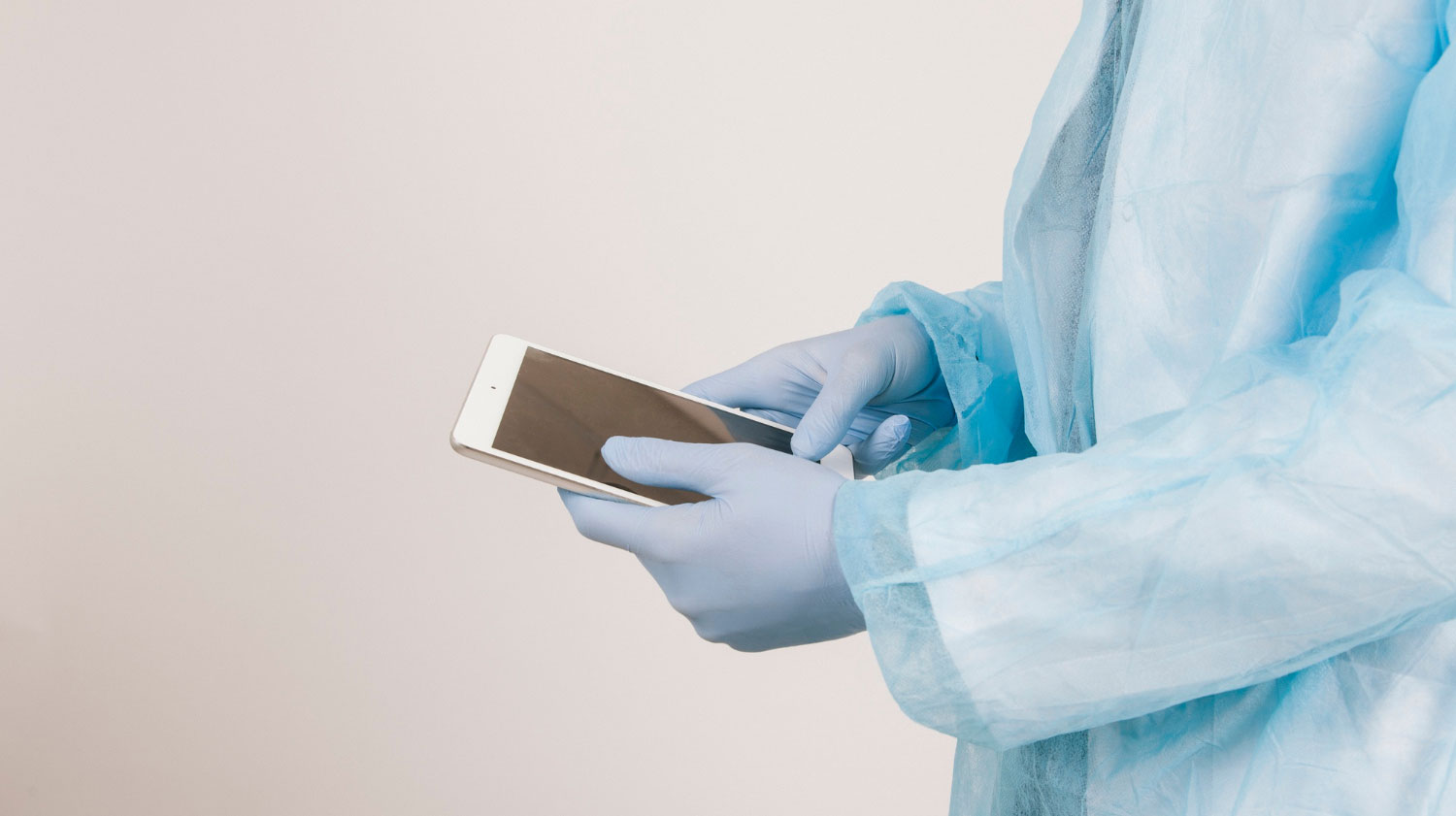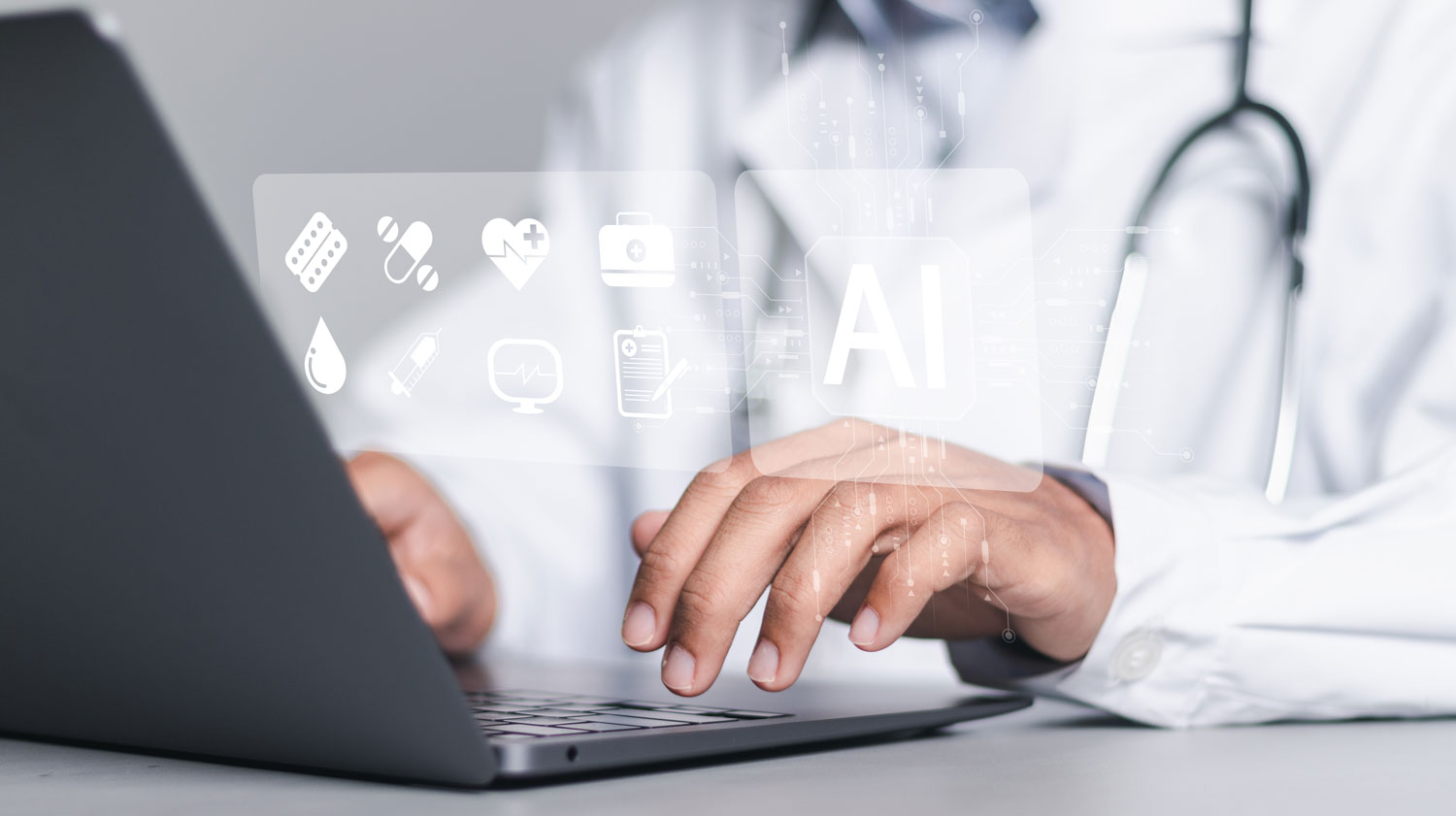
Blog
This Month in Healthcare IT: Remarkable News in June
The healthcare sector is evolving rapidly, powered by an unstoppable wave of digital innovation. In this landscape, only keeping pace is not enough; true progress in digital health transformation requires a proactive approach towards the latest developments and emerging trends in healthcare IT.
Believing that digitalizing healthcare workflows effectively is about both tech and deep-seated understanding, we empower every stakeholder to be at the forefront of digital health transformation with this blog series. We share the recent insights, trends, reports, innovative solutions, and significant shifts in regulatory frameworks through our blog. This month's edition, as every month, brings the most crucial updates from the global ecosystem together.
Here are the top 11 news underscoring the progress within the healthcare IT sector during June 2025:
1. The Medicines and Healthcare products Regulatory Agency (MHRA) opens a digital hub in Leeds for digital innovation.

The MHRA shows its commitment to leveraging innovation through the launch of a new digital hub in Leeds. Leeds was chosen for this digital hub due to its expertise in digital health and strong academic base along with the National Health Service (NHS) ties.
The hub will strengthen the agency’s regional presence and accelerate innovation in the UK’s digital health and life sciences sector. This move aims to modernize regulatory processes while fostering collaboration with digital health networks, NHS organizations, and leading academic institutions nationwide.
2. The Organisation for Economic Co-operation and Development (OECD) published a policy paper focusing on the secondary use of health data.

The OECD released a paper, ‘Facilitating the Secondary Use of Health Data for Public Interest Purposes Across Borders’, for the improvement of the secondary use of health data. This paper explores three key areas: Governance frameworks, national procedures, and public perceptions.
The paper highlights harmonizing legal frameworks, particularly regarding consent requirements and definitions of ‘public interest,’ to enable data sharing without unnecessary barriers. It also calls for streamlined approval processes and trusted data networks to reduce administrative burdens. Furthermore, there is an emphasis on building public trust through transparency, citizen engagement, and giving individuals control over their own health data.
3. Patients will receive reminders and test results directly to their smartphones via the NHS App.

With over £50 million investment, the NHS App will be improved to replace traditional letters with digital messages for appointments, test results, and screening invitations.
The app will strengthen communication between the health system and patients by sending messages to patients. With an expected 270 million messages sent through the app this year, the move will save £200 million over three years and reduce missed appointments. This shift is part of a broader digital transformation for more accessible, efficient, and patient-centric healthcare.
Source: https://www.gov.uk/government/news/patients-to-receive-reminders-and-test-results-via-the-nhs-app
4. The U.S. Food and Drug Administration (FDA) rolled out an AI tool for increasing its employees’ productivity.

The FDA launched Elsa, which is an agency-wide generative AI (genAI) tool designed to enhance staff productivity and modernize operations. The agency is already using Elsa to accelerate clinical protocol reviews, shorten the time needed for scientific evaluations, and identify high-priority inspection targets.
Running in a secure GovCloud environment, Elsa assists with reading, writing, and summarizing clinical data. Through the innovative tool, FDA employees can access internal documents while ensuring all information remains within the agency. The rollout came ahead of schedule and under budget, embodying the agency’s comprehensive AI integration strategy.
5. Congressman Jason Crow introduced the bipartisan Healthcare Cybersecurity Act to protect Americans’ private medical data.

Crow’s Healthcare Cybersecurity Act aims to protect private health information from cyberattacks. This bipartisan bill requires the collaboration between the Cybersecurity and Infrastructure Security Agency (CISA) and the Department of Health and Human Services (HHS) to improve cybersecurity in health care and public health.
The legislation aims to safeguard medical data with the help of coordination at the federal level. It establishes a liaison between the CISA and HHS and authorizes cybersecurity training for healthcare personnel, leading to better defenses and threat response.
6. The Centers for Medicare & Medicaid Services (CMS) hosted an in-person listening session to discuss the usage of health technologies for enhanced care and healthcare system.

Following its recent Health Technology Ecosystem Request for Information (RFI), the CMS held a session to discuss the RFI. During the session, healthcare providers, caregivers, patients, technology companies, data providers, payers, and value-based care organizations shared their insights and best practices about digital health technologies.
Within the session, the CMS announced its plans to build an interoperable national provider directory, modernize identity verification on Medicare.gov, expand the Blue Button 2.0 API, transmit its data at the Point of Care pilot to general availability, and enhance its participation in trusted data exchange.
7. The World Economic Forum (WEF) released a white paper focusing on the usage of AI in the healthcare industry.

The WEF and Boston Consulting Group developed the ‘Earning Trust for AI in Health: A Collaborative Path Forward’ white paper to outline a collaborative approach for earning trust in AI.
This paper explores how to build trust in AI use in healthcare by identifying urgent priorities. According to the paper, there is a need to strengthen the technical capacity of regulators, health leaders, and innovators. Also, it underscores the adoption of regulatory models using guidelines, regulatory sandboxes, and post-market surveillance. Moreover, the paper prioritizes public-private partnerships for the development of standards and independent quality assurance mechanisms.
Source: https://www.weforum.org/publications/earning-trust-for-ai-in-health-a-collaborative-path-forward/
8. The Pan American Health Organization (PAHO) launched a National Health Datathon to strengthen Belize’s health information systems.

The PAHO/WHO hosted a two-day National Health Datathon in partnership with Belize’s Ministry of Health and Wellness (MoHW) to advance the country’s digital health transformation.
This event gathered MoHW staff, IT experts, epidemiologists, surveillance officers, and partners from across sectors to analyze existing data assets, identify system gaps, and propose interoperable solutions. Post-event efforts include institutionalizing a national interoperability framework and improving digital governance for long-term impact.
9. Jamaica’s 13 healthcare facilities are using an electronic health records (EHRs) system.

Jamaica has implemented the eCare Electronic Health Records (EHRs) System in 13 health centers and hospitals. This deployment is part of the $148 million Health Systems Strengthening Programme (HSSP), funded by the Jamaican government, the Inter-American Development Bank, and the European Union.
This EHR System improves care coordination between facilities, reduces administrative costs, and enhances healthcare provider efficiency by enabling paperless, unified patient records. The system’s key features involve digital appointment scheduling and integrated access to critical diagnostics like X-rays and CT scans. The contract for the delivery of the system includes a 15-year support plan and a patient-centered mobile app.
Source: https://www.moh.gov.jm/electronic-health-records-now-in-13-health-facilities/
10. Kenya embodies its commitment to a fully digitized health system through different initiatives in Samburu and Garissa.

Kenyans access their health records from anywhere in the country via the new Health Information Exchange (HIE) System through valuable initiatives.
Health Cabinet Secretary Aden Duale launched the Digital Health System in Samburu County; 516 digital devices, which aim to improve access to patient data, were delivered, and 172 healthcare workers were trained on the use of these devices. Also, Duale presided over the launch of Health Facility Digitalization in Garissa County; 1114 digital devices were delivered to public health facilities to improve record-keeping.
Source: https://www.health.go.ke/index.php/health-cabinet-secretary-hon-aden-duale-leads-launch-health-facility-digitalization & https://www.health.go.ke/index.php/cs-duale-commissions-samburu-blood-satellite-centre-and-launches-digital-health-system-advance-uhc
11. The Joint Commission (TJC) partnered with the Coalition for Health AI (CHAI) to accelerate the adoption of AI across the U.S. healthcare system.

TJC, an independent organization with accreditation authority for Medicare, announced its partnership with CHAI which is a non-profit organization founded by clinicians. The partnership aims to ensure AI is implemented safely and effectively in the healthcare landscape.
These two organizations will create a suite of AI playbooks, tools, and a new certification program to guide over 80% of healthcare organizations in the country. The first guidance will be released in Fall 2025, followed by AI certification.

These June 2025 developments highlight the rapidly evolving nature of health IT and the global momentum toward digital healthcare transformation. As Tiga Healthcare Technologies, we keep pace with the ever-evolving landscape by following emerging trends and offering our innovative digital health solutions.
Jamaica’s implementation of eCare EHRs System into 13 healthcare facilities marks a significant step towards a nation-wide transformation. The transition from paper records to electronic ones coincides with our paperless solutions. For instance, our Personal Health Record (PHR) System allows patients to access their medical information anytime, anywhere via their mobile devices. By replacing paper files, the PHR enhances patient engagement and reinforces national health infrastructure through a patient-centered approach.
Another hot topic in June was the NHS App’s shift from traditional letters to digital communications for various purposes—from appointment scheduling to screening invitations. Like the UK’s app, our e-Appointment System minimizes no-show rates through appointment reminders and notifications via SMS or email. Thanks to this system, patients and healthcare professionals have knowledge of upcoming, postponed, or cancelled appointments early.

Digital tools such as healthcare plan notifications are becoming increasingly common—and AI solutions are no exception. The WEF’s paper focusing on AI use in healthcare and the FDA’s Elsa initiative clearly reflect this trend. In line with these developments, we always embrace emerging technologies like AI; our AI & Analytics product suite comprising Predis, ShareMind, and Autononym is a concrete example of our innovation-oriented perspective.
This month also emphasized the need for effective cybersecurity measures as Congressman Jason Crow introduced the bipartisan Healthcare Cybersecurity Act. Just as the legislation underscores the importance of cybersecurity, we prioritize it in all of our products to safeguard users' medical data. Our technologies comply with necessary standards, regulations, and precautions to ensure data privacy and security.
With our innovative products, we are shaping a more connected and efficient healthcare ecosystem. Our products and solutions include Interoperability, Patient Engagement, Prescription & Medicine Management, Drug Traceability, AI & Analytics, Population Health Management, Personalized Healthcare, and Hospital Information System.
Let’s shape the future together through digital health transformation, as always!









